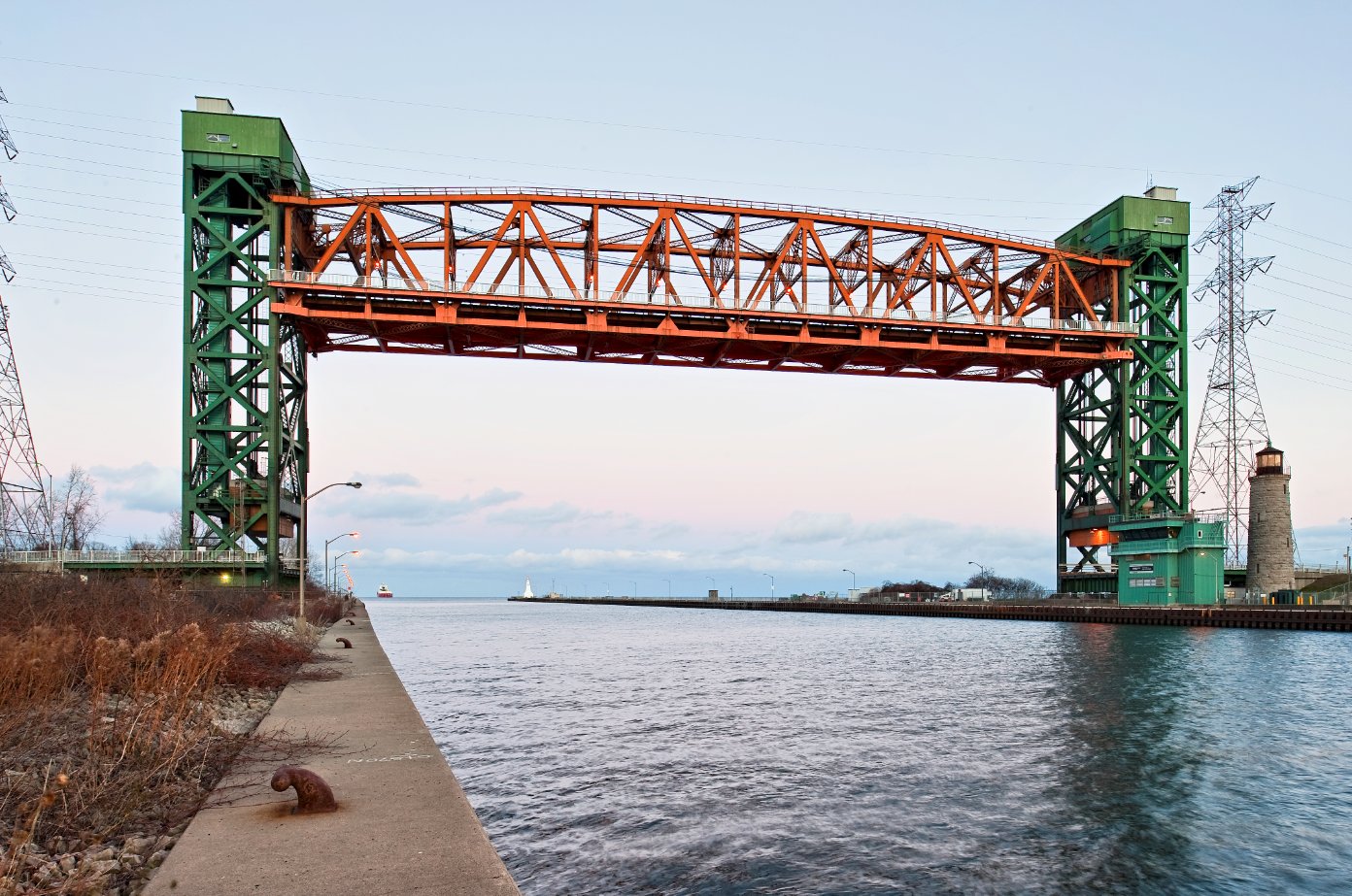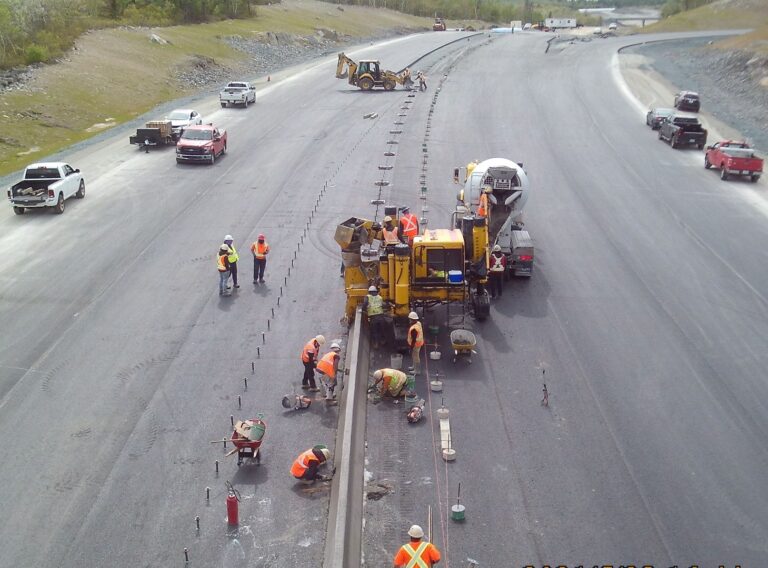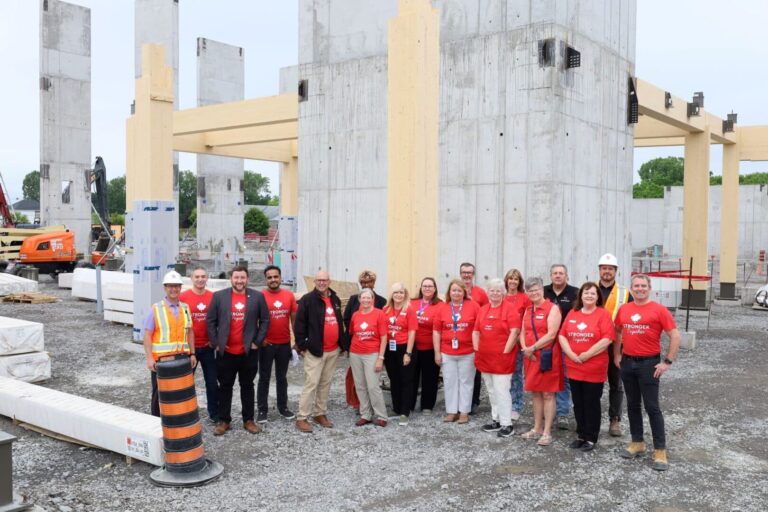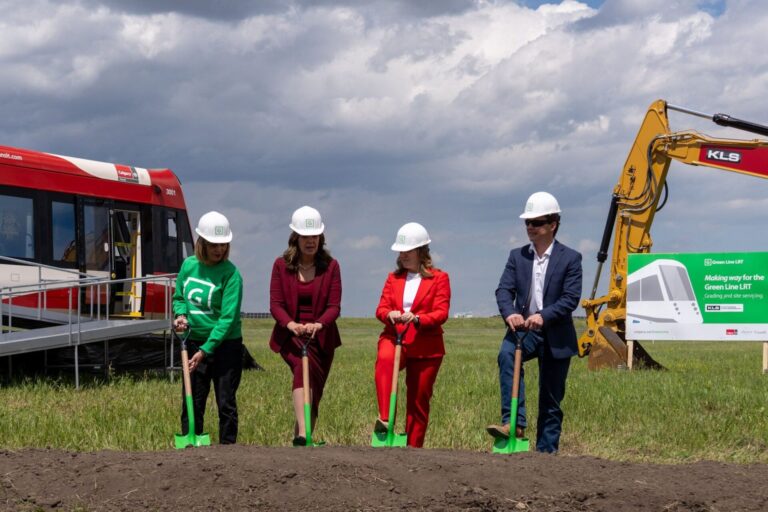Statistics Canada released the data on the status of Canada’s roads, bridges and tunnels through Canada’s Core Public Infrastructure (CCPI) survey, for reference year 2020.
The survey supports an evidence and results-based approach to public infrastructure policies, programs and investment decisions.
The CCPI presents a statistically accurate and comprehensive landscape of public infrastructure in Canada. This most recent data release relates to the stock and condition of roads, bridges and tunnels in Canada. The most recent survey for reference year 2020 builds on the previous data releases from reference years 2016 and 2018.
“Evidence-based research and data allows our municipal, provincial, and territorial partners, as well as policy experts, to make informed decisions that help strengthen our communities,” said Dominic LeBlanc, Minister of Intergovernmental Affairs, Infrastructure and Communities. “This data release provides invaluable information that governments can draw from when considering important infrastructure projects that best meet the needs of residents.”
Canada’s road networks remained relatively unchanged
The stock and condition of Canada’s roads and bridges remained consistent from 2018 to 2020, according to new results from Canada’s Core Public Infrastructure Survey for 2020.
Road construction continued at an accelerated pace in 2019 and 2020
Construction was completed for 43,316 kilometres (two-lane equivalent) of roads in 2019 and 2020, representing 4% of the road network. This compares with 48,969 kilometres reported for 2017 and 2018, in the previous iteration of Canada’s Core Public Infrastructure Survey. Almost half (49%) of the roads built in 2019 and 2020 were reported by rural municipalities in Quebec and Saskatchewan with less than 5,000 residents. Road conditions were mostly unchanged compared with 2018, with over half the length of roads in Canada reported to be in good or very good condition in 2020 (54%) and a little over one-tenth in poor or very poor condition (13%).
Bridges in larger urban municipalities in best condition
Similarly, there was little change in the conditions of Canada’s bridges in 2020 compared with 2018. Over half (57%) were in good or very good condition and 11% were rated as poor or very poor. The condition of bridges located in larger urban municipalities, those with at least 30,000 residents, were found to be in better condition than those in other types of municipalities (65% of bridges in larger urban municipalities were in good or very good condition). During 2019 and 2020, construction was completed for 1,606 bridges. More than three-quarters were reported by rural municipalities (1,242), with Quebec building the most bridges in that period (681), followed by Ontario (346) and the Prairie provinces (482).
The CCPI survey is supported by Infrastructure Canada, which provides funding for data and research initiatives to better inform how federal infrastructure funding programs are designed, implemented, tracked and reported. The survey aims to help all orders of government make informed decisions regarding public infrastructure investments in order to provide the modern infrastructure that Canada needs.
The CCPI gathers information through a survey on asset management practices in nine categories of public infrastructure: roads; bridges and tunnels; potable water; wastewater; storm water; culture, recreation and sports facilities; social and affordable housing; public transit; and, solid waste.
Featured image: Burlington Canal Lift Bridge. (Public Services and Procurement Canada)










